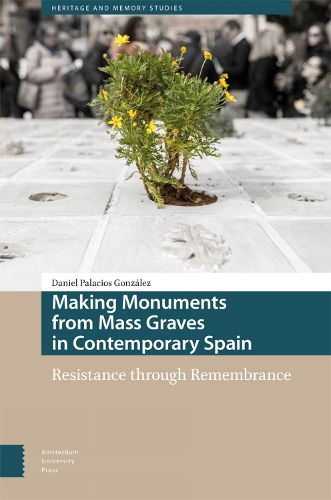Readings Newsletter
Become a Readings Member to make your shopping experience even easier.
Sign in or sign up for free!
You’re not far away from qualifying for FREE standard shipping within Australia
You’ve qualified for FREE standard shipping within Australia
The cart is loading…






This book narrates how, beginning in 1936, bodies buried in mass graves during the Spanish War and subsequent dictatorship were turned into monuments. The book describes how the production of monuments evolved and what forms this process and these monuments took; it examines how the monuments were incorporated into society and used to influence public opinion; and it argues that this process was not simply based on the formal logic of tradition but instead reflected a conscious plan with a specific and rational end goal. As such, this book puts forward the idea that the monument as a material object became an expression of the historical consciousness of its producers, relating how different actors communicated their memories into meaningful gestures while limited by the material reality of integrating the bodies into a novel artefact. Finally, it contends that the people creating these monuments did not just bury their dead according to a funerary tradition but also sought to influence society.
$9.00 standard shipping within Australia
FREE standard shipping within Australia for orders over $100.00
Express & International shipping calculated at checkout
This book narrates how, beginning in 1936, bodies buried in mass graves during the Spanish War and subsequent dictatorship were turned into monuments. The book describes how the production of monuments evolved and what forms this process and these monuments took; it examines how the monuments were incorporated into society and used to influence public opinion; and it argues that this process was not simply based on the formal logic of tradition but instead reflected a conscious plan with a specific and rational end goal. As such, this book puts forward the idea that the monument as a material object became an expression of the historical consciousness of its producers, relating how different actors communicated their memories into meaningful gestures while limited by the material reality of integrating the bodies into a novel artefact. Finally, it contends that the people creating these monuments did not just bury their dead according to a funerary tradition but also sought to influence society.